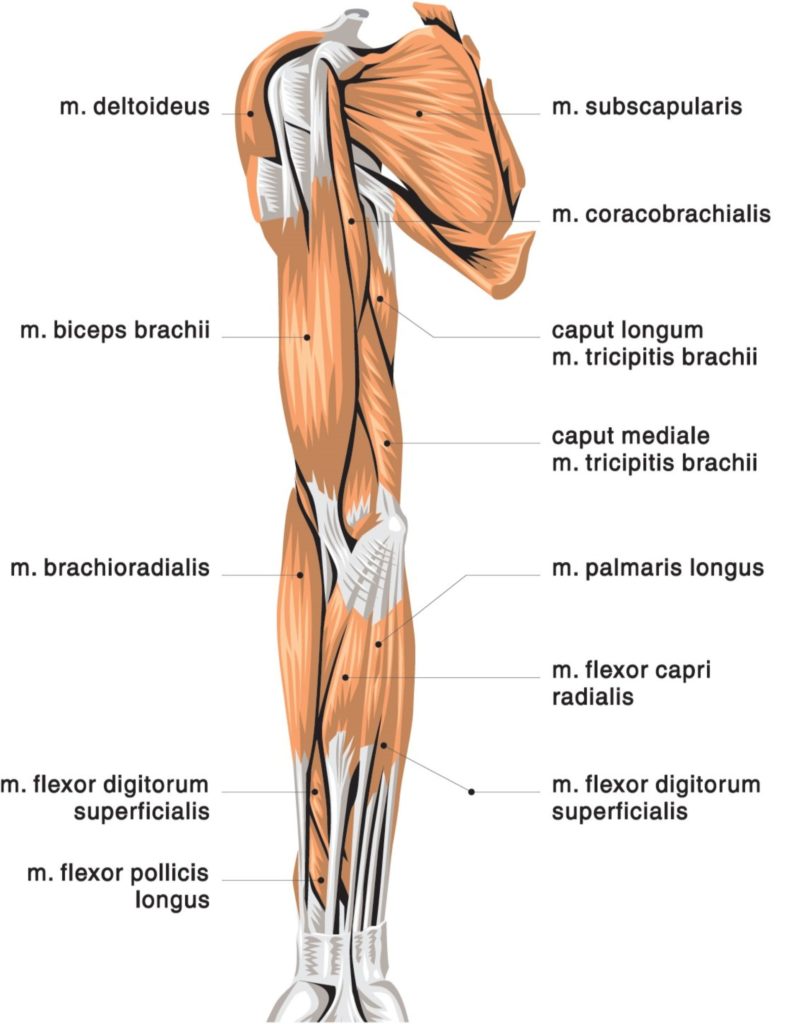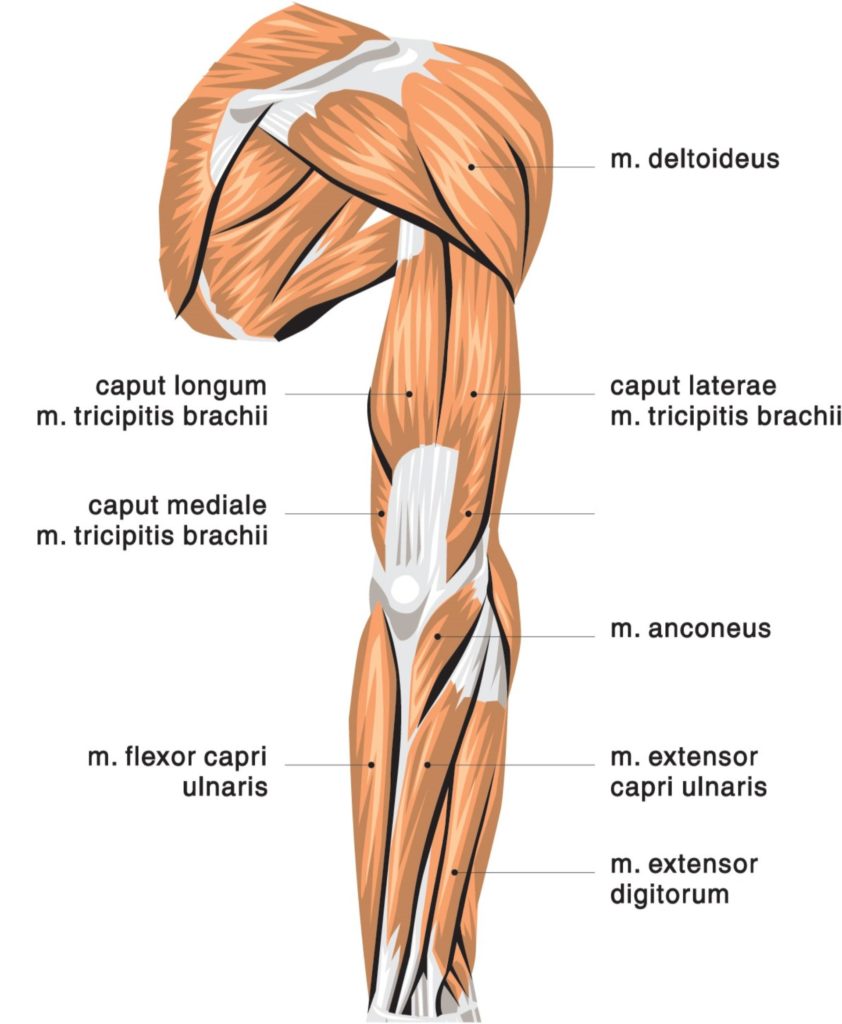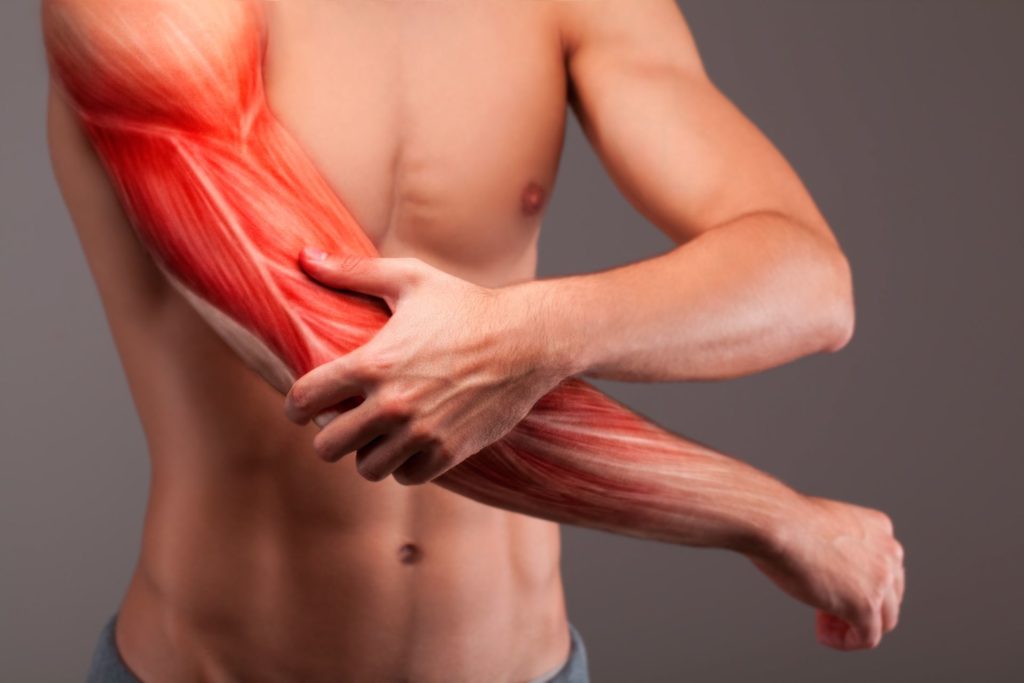
Many professions and hobbies heavily rely upon our hands, wrist, and forearms. Rock climbing, carpentry, painting, music, typing, writing, sports such as golf and tennis all overdevelop the muscles that control our hands, causing muscle imbalances. At the same time, sedentary jobs that place us at a mouse and keyboard for most of the day can also cause hand and wrist dysfunctions.
Muscle imbalances in the hands, wrist, forearms, and elbows occur just as they do in the rest of the body. Syndromes can develop such as carpal tunnel, tennis and golf elbow, tendinitis in the forearm or arm. By understanding these possible dysfunctions we can begin to repair and reverse the damage done.
What is a muscle imbalance?
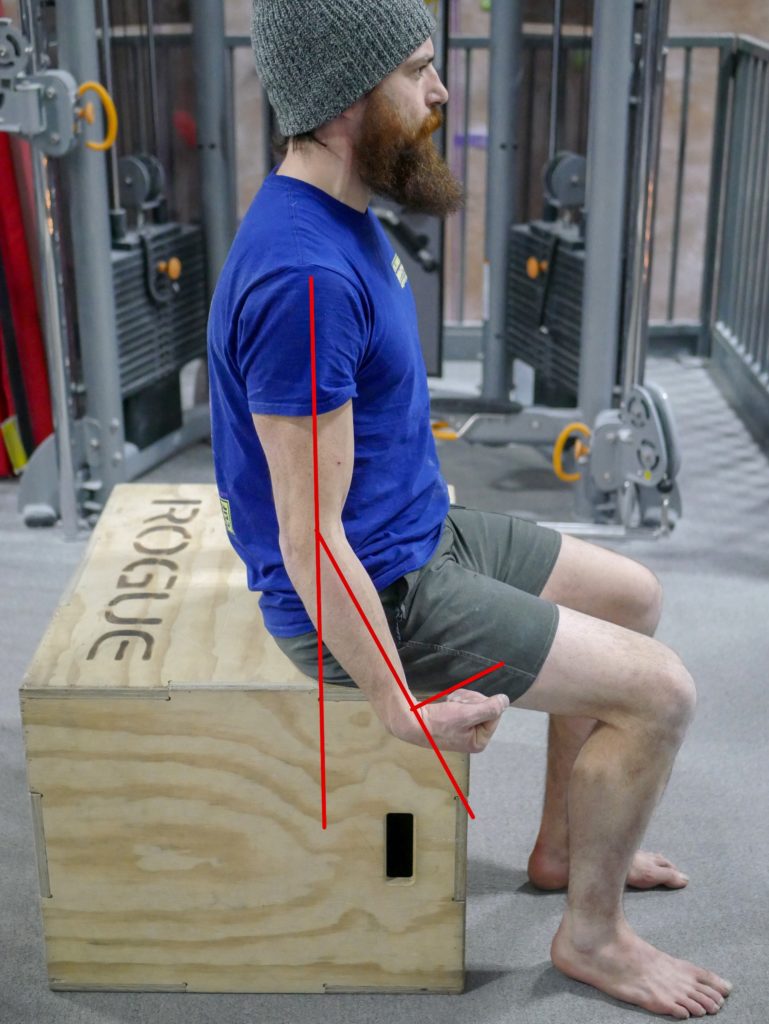
Limitation of extension at the wrist 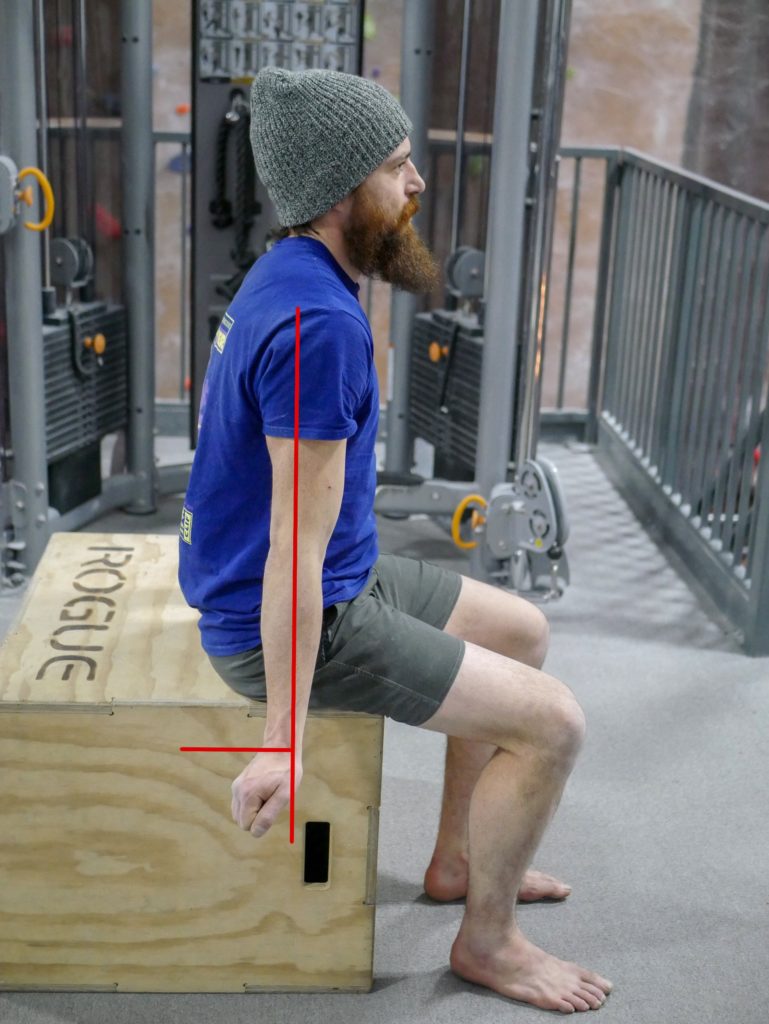
Limitation at the elbow and wrist
A muscle imbalance is when the muscles surrounding a joint stop functioning properly. Muscles operate your joints in force couples. A force couple consists of opposite muscles. A good example of a force couple is at the elbow. The biceps control elbow flexion, the triceps perform the opposite motion, elbow extension.
If one of the muscles in a force couple becomes overused and overdeveloped, the opposite tends to become weakened and the force couple will negatively affect joint function. Sitting at a keyboard for hours at a time puts the hand and wrist in a particular position and overdevelops the muscles that support it.
Many hobbies and manual jobs require long periods of holding objects and developing particular finger groups. Rock climbers tend to exhibit similar dysfunctions, as do gamers, and musicians!
How does it happen?
Muscle imbalances occur when we overuse certain muscles for tasks. When this occurs, other muscles become weakened and underused until the overused muscles compensate.
There are many muscles that can be responsible for issues in the hand, wrist, forearm, and elbow. Most of the muscles that control your hand, fingers, and elbow are in your forearm.
Using our fingers to type or play the piano for hours a day can lead to many muscles in the forearm becoming overused. The wrist is in a poor position and the hands deviate outward. This is a position of stress and our body will adapt to this by reinforcing the muscles being used.
In golf and tennis stress is placed on either side of the forearm over developing those muscles and leading to outer and inner elbow pain. Rock climbers often get problems at the elbow and shoulder such as biceps tendonitis, the forearm and elbow is also a common site for overuse injuries.
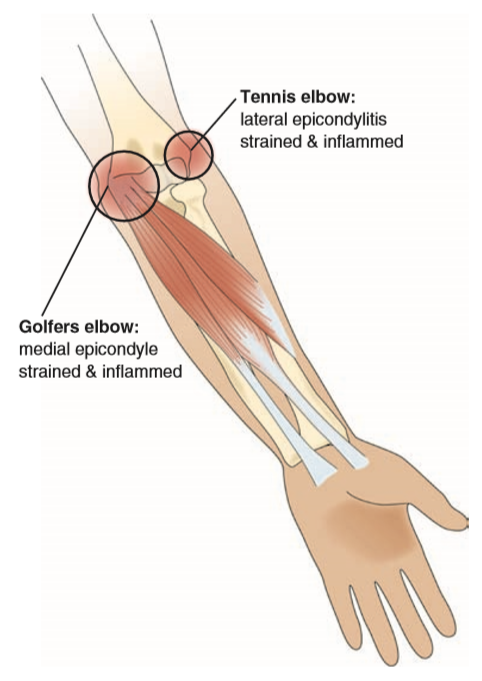
What Muscles are involved?
When assessing for a muscle imbalance, its important to look at muscles that tend to be overused and therefore overdeveloped. When we can identify overused muscles in an imbalance we can deduce opposite muscles that might have become weakened. We restore function to a muscle imbalance with corrective exercise.
Let’s take a look at some key muscles that contribute to various dysfunctions and some symptoms that tend to correlate:

Outside elbow pain is often a result of overuse of the muscles located in the extensor compartment of the forearm. These are the muscles that extend your wrist. Tennis players, rock climbers, typers, pianists all emphasize the use of these muscles and this demographic is most likely to suffer to a related condition.
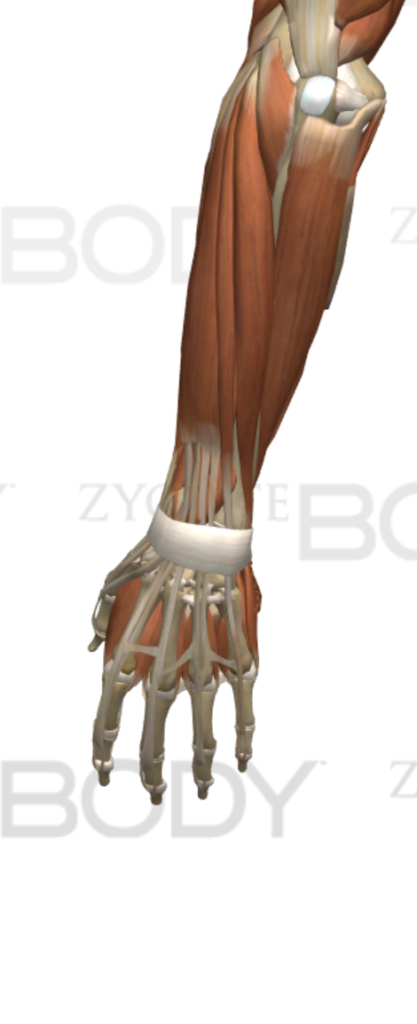
Forearm Extensor Muscles 
Brachioradialis
Inside elbow pain tends to be a result of overuse of the muscles in the flexor compartment of your forearm. These are the muscles that flex your wrist. Movers, strength lifters, golfers emphasize these muscles and are likely to experience pain and problems.
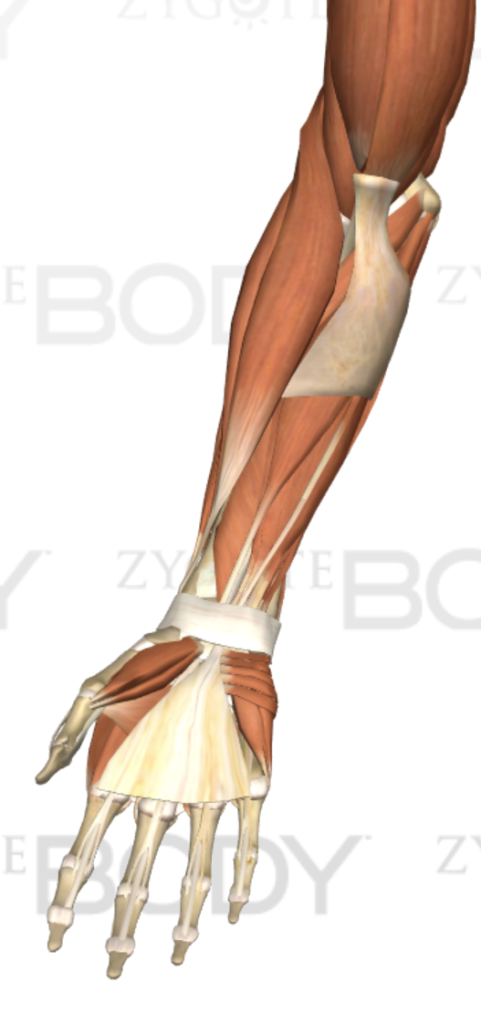
Forearm Flexor Muscles 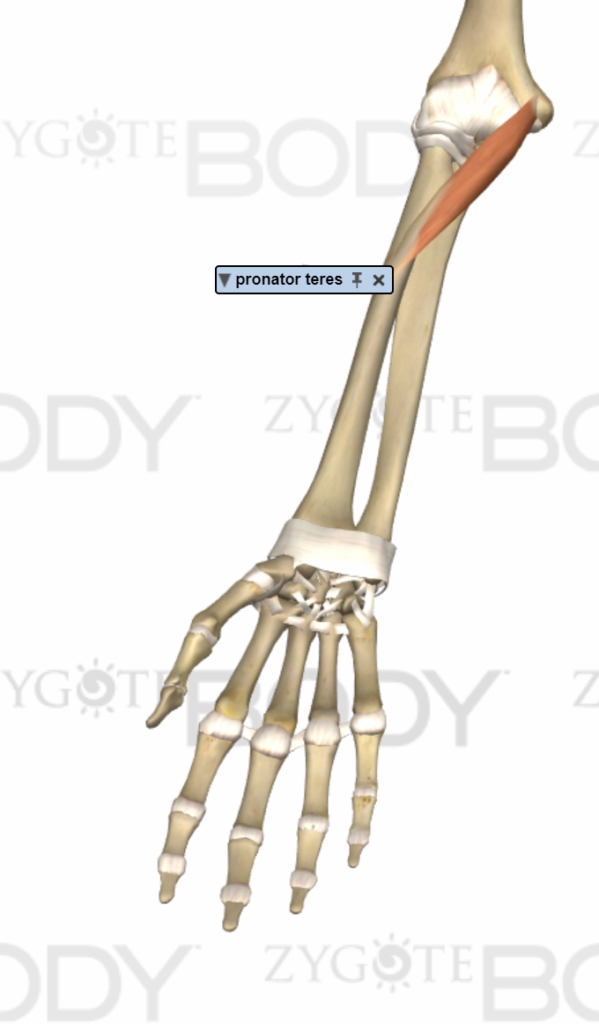
Pronator
Wrist pain on top from activities like typing, playing the piano, writing etc. tend to deviate the hand outwards and extend the wrist which leads to overuse of the extensor muscles in the forearm.
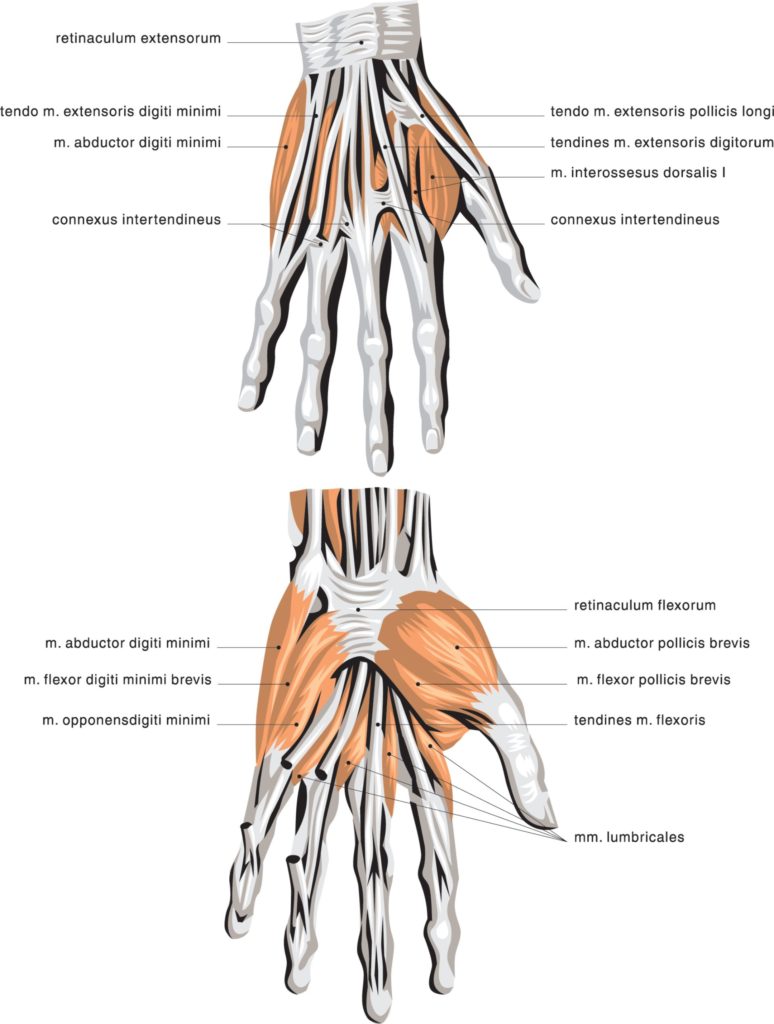
Do i have it?
There are several simple assessments that can be done to try and track down specific muscles that could be causing the problem. Head over to the Wrist and Elbow Assessments page to find simple tests to start identifying possible dysfunctions.

